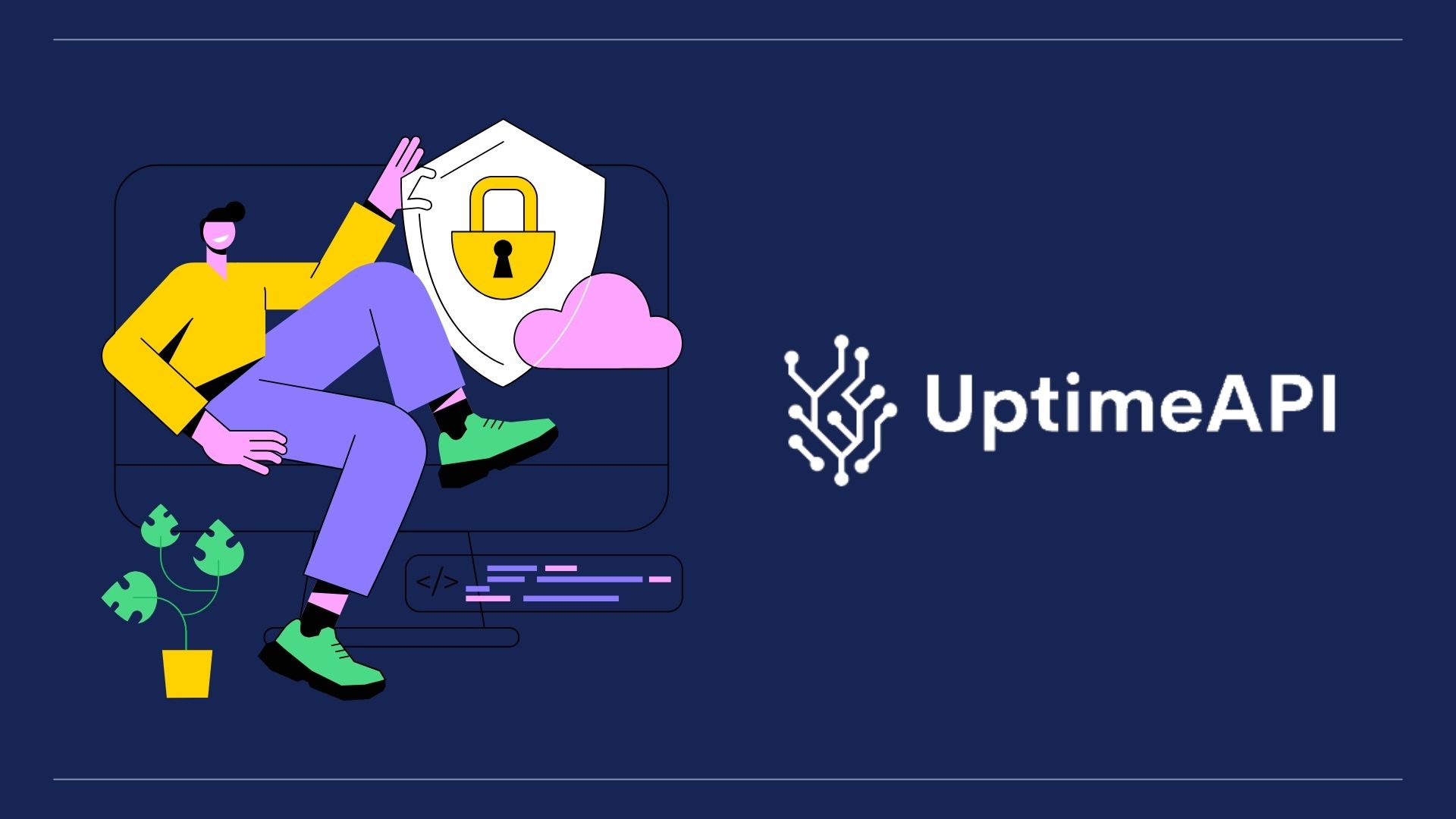Best API Monitoring Tools Every Developer Should Use

APIs, or application programming interfaces, are the glue that joins different software components in the quickly changing world of digital applications. This allows for smooth data interchange and cross-platform capability. Because they provide crucial insights into API performance and guarantee strong operational efficiency, API monitoring tools have grown to be essential for developers and IT teams.
Importance of API Monitoring Tools in Development
The importance of API monitoring tools extends beyond mere oversight; it is a proactive measure that safeguards against API downtime and performance degradation. By continuously monitoring API health and response times, organizations can uphold service level agreements (SLAs) and deliver consistent user experiences.
Teams can minimize API downtime notifications and maximize API uptime statistics by keeping an eye on API performance in real time and taking immediate action to address any issues that arise. Developers can pinpoint bottlenecks and reduce API response times for increased productivity by using performance data and analysis. Stakeholders can make strategic decisions and enhance API health check methods by leveraging actionable insights obtained through the use of comprehensive analytics and visual dashboards.
Essential Features
Ensuring API availability and performance reliability requires real-time monitoring capabilities. In-depth insights into API performance are provided by comprehensive analytics and reporting tools, which promote efficient operations and well-informed decision-making. Visual dashboards make it simple for stakeholders to keep an eye on API status and trends by presenting API performance data in graphical ways that are easy to understand. API monitoring is made simpler and data visualization is improved by this visual representation.
Through the utilization of sophisticated API monitoring tools that possess real-time monitoring features and extensive analytics, developers may guarantee the smooth functioning of APIs, maintain performance benchmarks, and promote ongoing enhancements in API administration procedures. In addition to improving API health, these technologies encourage innovation and agility in API development methods, setting up businesses for long-term success and a competitive edge in the digital age.
Uptime API
With Uptime API, you can monitor your APIs. It works by regularly confirming that your APIs are up and running and performing as expected. Setting up monitors is easy. To set up monitors, you need the target API endpoint URL and the ability to change the watch's timeout and interval parameters. While timeouts show how long an API will wait for a response, monitoring intervals show how frequently an API will perform health checks. You may customize monitoring to your needs and preferences with these settings.
Right from your API dashboard, you can set up alerts and select which contacts will receive notifications. You may then utilize this to inform your team. Because of its many configurable features and monitor restrictions, you can choose the package that best meets your monitoring needs. In order to track variations in API performance and availability over time, it also provides historical data and analytics. Make your logs accessible so you can look into any issues with the API.
Analyze past performance patterns and base your choices on relevant information. To reduce disruptions, you can customize alerts to suit your needs. Data-driven API monitoring that is done swiftly and efficiently. Whether webhooks, SMS, or email are more your style, you can select the alarm notification option that best suits your needs.
